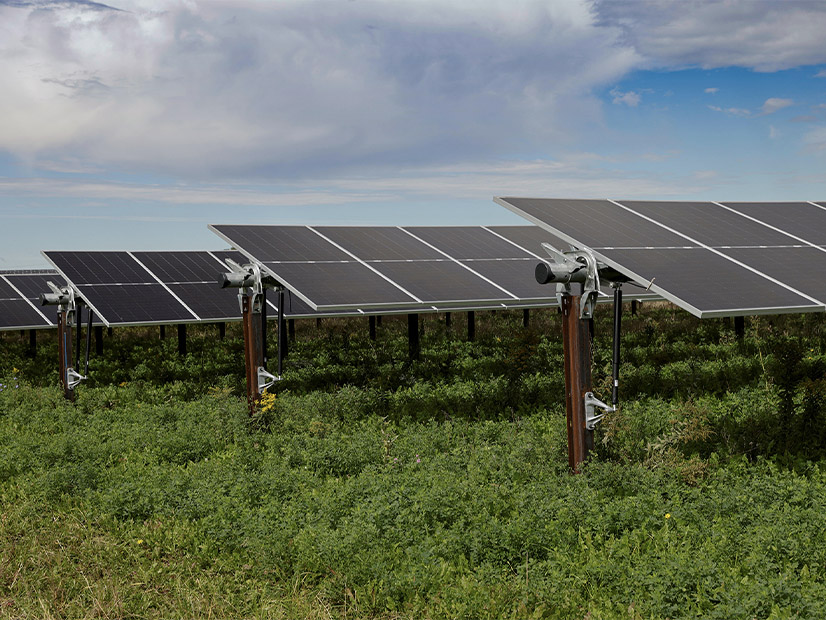MISO delivered an incomplete summer readiness report Thursday to allow staff to digest the results of the RTO’s first seasonal capacity auctions.
J.T. Smith, MISO executive director of market operations, said the monthlong delay in the Planning Resource Auction left the RTO without the capacity data it gleans from the results and unable to prepare its seasonal resource assessment.
“It’s generally an attraction to this meeting,” he told stakeholders during a teleconference Thursday.
MISO posted the results late Wednesday, showing sufficient capacity across all seasons in all zones, which diminish the chances that the RTO anticipates emergency operating procedures this summer. (See related story, 1st MISO Seasonal Auctions Yield Adequate Supply, Low Prices.)
Smith said MISO will present its usual summer assessment at the Reliability Subcommittee’s meeting Tuesday.
He said that though the assessment might show a chance of an emergency declaration, “emergencies in MISO aren’t necessarily emergencies.” Smith said the RTO usually has about 12 GW of load-modifying resources that clear in the capacity auctions but aren’t available unless the grid operator calls for emergency procedures.
“I want to emphasize that emergency declarations in MISO don’t mean we’re on the cusp of load shedding,” Smith said.
But he also said MISO had been expecting more solar generation additions to the system than what ultimately will begin operations in time for summer. About 41 GW worth of resources with signed generator interconnection agreements are prevented from commercial operations because components are tied up in supply chain issues, Smith said.
Lacking capacity data, MISO staff nonetheless presented all other summer system outlooks during the call, predicting a decent chance for June heat, a rainy summer for the Midwest and low chances for a hurricane in the Gulf of Mexico.
Staff also said they are predicting a second summer in a row where the hottest days are clustered early in the season. Last summer, the MISO footprint saw nine days in June and July when the systemwide temperature exceeded 90 degrees Fahrenheit. MISO said the hottest — and riskiest — days last year were “frontloaded” in June.
MISO meteorologist Adam Simkowski said that with an El Niño climate pattern developing as predicted, the RTO is anticipating a “near- to slightly below-normal hurricane season in the Atlantic Basin.”
Fellow meteorologist Brett Edwards said that while there was a dry pattern across much of the footprint last year, above-normal precipitation is expected this year across MISO Midwest.
Smith said it’s useful to assess even uneventful summers like last year because equal preparation goes into system events and non-events alike.
“Luckily, 2022 was generally a calm summer,” Smith said, adding that hurricane activity in the South was low, and MISO was able to successfully navigate the June heat wave.
“We came close, but we didn’t quite get to that level,” MISO Senior Adviser Mike Mattox said of the lack of maximum generation emergency declarations last summer. June 21 marked the hottest day systemwide in more than a decade, he said.
MISO risk manager Congcong Wang said the RTO has rolled out an operations risk assessment process this year to better manage “increasing uncertainty and variability” occurring on the system. Wang said MISO will assess summer risks from weeks to hours ahead using analytics and meteorological data.
Finally, MISO planner Dalton Daughtrey said an RTO analysis showed that all major transmission constraints already have mitigations in place for this summer. Daughtrey said MISO will monitor future transmission outages that may be necessary as construction ramps up on its first long-range transmission plan portfolio. Most of the $10 billion portfolio used existing rights of way for the new line work.



